Are you struggling to find the perfect tennis racket? Do you feel overwhelmed by the countless options of tennis equipment available in stores and online? You’re not alone. Many tennis players, from beginners to advanced, face this challenge.
Imagine stepping onto the court with a racket that feels awkward in your hands. Your shots lack power, and your control is off. You’re not playing your best game, and it’s frustrating. Even worse, using the wrong racket can lead to discomfort or injury, potentially sidelining you from the sport you love.
But don’t worry! There’s a solution to this problem. By understanding your playing style and the key features of tennis rackets, you can find the perfect match for your game. In this blog post, we’ll guide you through the process of choosing the right tennis racket. We’ll cover everything from racket basics to matching your skill level, finding the right balance between power and control, and considering factors like head size, weight, and grip comfort.
By the end of this post, you’ll have the knowledge to confidently select a tennis racket that enhances your strengths and improves your overall game. Let’s get started on your journey to finding your ideal tennis racket!
Table of Contents
Understanding Tennis Racket Basics
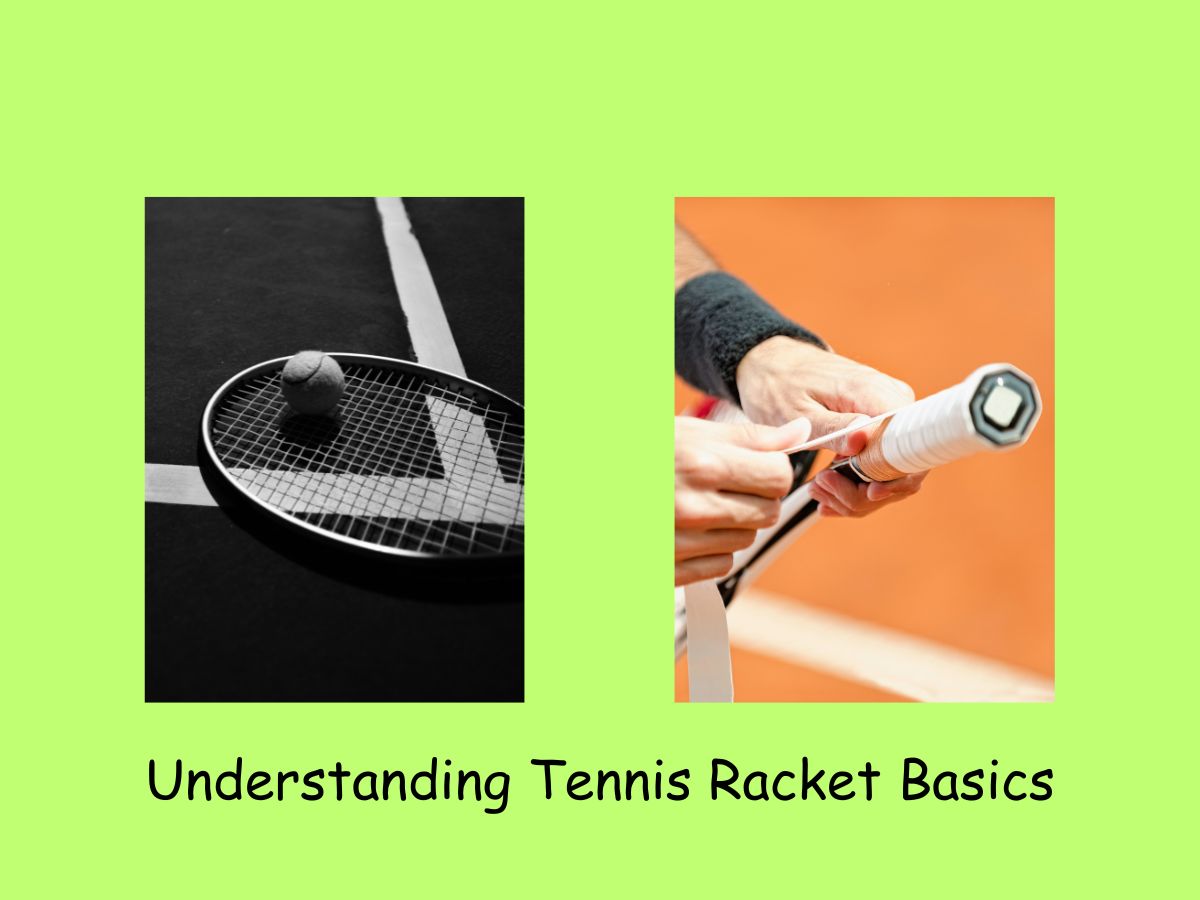
When you’re new to tennis, understanding racket basics is key to improving your game. Tennis rackets come in different shapes and sizes, each designed to help players of various skill levels. The main parts of a racket are the head, shaft, and grip. The head is where you hit the ball, and its size can range from 95 to 110 square inches. A larger head gives you a bigger sweet spot, making it easier to hit the ball well. The shaft connects the head to the grip and affects how the racket feels when you swing. Lastly, the grip is where you hold the racket, and its size should fit your hand comfortably.
Racket weight is another important factor. Beginners often do better with lighter rackets, usually under 11 ounces. These are easier to swing and can help prevent arm strain. The length of most adult rackets is about 27 inches, which works well for most players. Some rackets are longer, up to 29 inches, offering more reach and power on serves. However, longer rackets can be harder to control, so it’s best to start with a standard length.
The way a racket is balanced also affects how it feels when you play. Some rackets are head-heavy, meaning more weight is in the head. These can give you more power but might be harder to maneuver. Others are head-light, with more weight in the handle, offering better control. As a beginner, a balanced racket is often a good choice. It gives you a mix of power and control while you’re learning the game.
Matching Racket to Skill Level
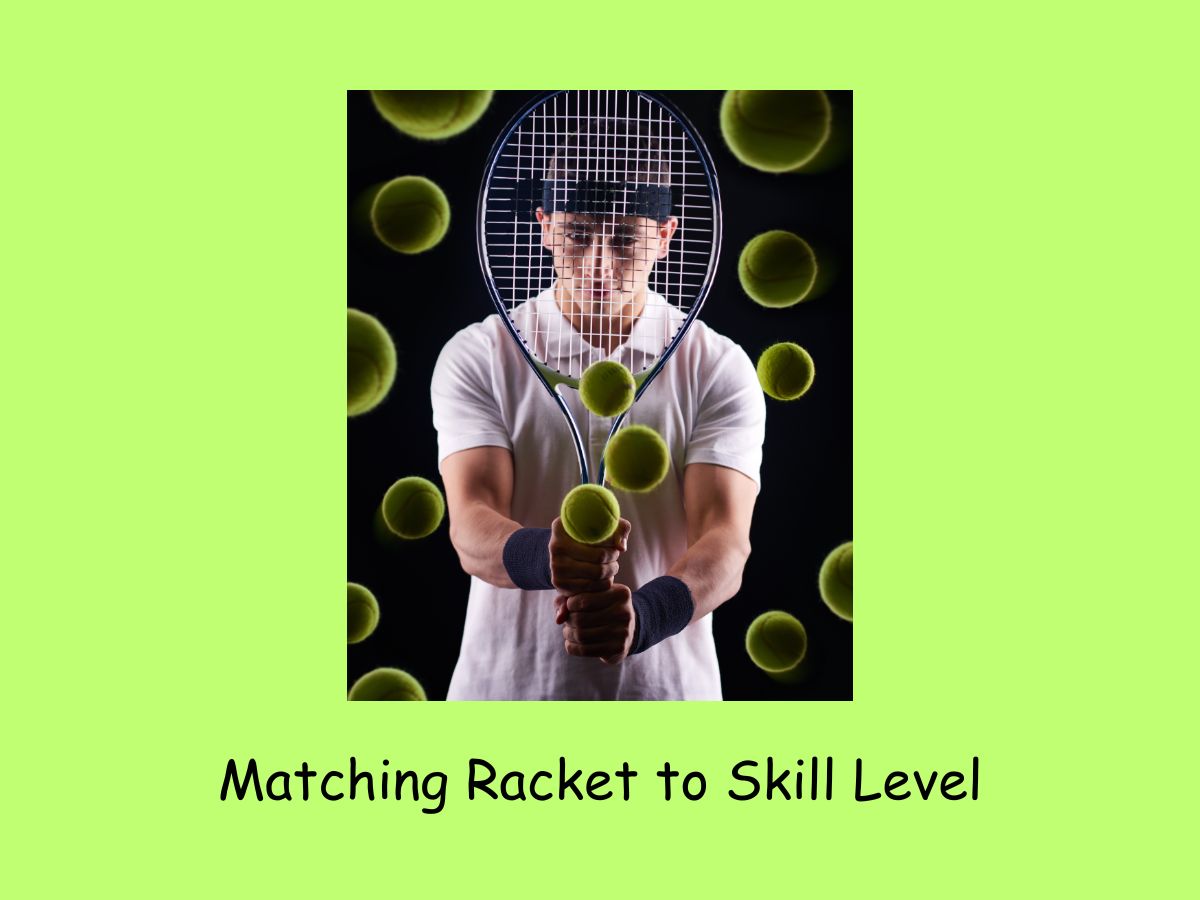
Choosing the right racket for your skill level can make a big difference in how well you play and how much you enjoy the game. For beginners, it’s best to start with a racket that’s forgiving and easy to use. Look for rackets with larger head sizes, usually over 100 square inches. These have bigger sweet spots, which means you’re more likely to hit the ball well even if you don’t hit it perfectly every time. Beginner rackets are also usually lighter, weighing between 8 and 11 ounces, which makes them easier to swing.
As you improve and become an intermediate player, you might want a racket that offers more control. These rackets often have slightly smaller heads, around 98-100 square inches, and might be a bit heavier. They allow you to place your shots more accurately as your technique gets better. Advanced players often choose rackets with even smaller heads, sometimes less than 98 square inches, and heavier weights. These rackets give experienced players the most control and feel for the ball.
Remember, your physical strength and size also play a role in choosing the right racket. If you’re smaller or not very strong, you might prefer a lighter racket even as you improve. On the other hand, if you’re tall or naturally strong, you might be comfortable with a heavier racket sooner. The key is to find a racket that feels comfortable and helps you play your best. As you progress, you can always try different rackets to see what works best for your developing skills.
Power vs. Control: Finding Your Balance

Finding the right balance between power and control in your tennis racket is crucial for your game. Power in a racket comes from a larger head size and a stiffer frame. These features create a trampoline effect when the ball hits the strings, sending it back with more speed. Control, on the other hand, comes from smaller head sizes and more flexible frames. These allow you to feel the ball better and place your shots more accurately.
For beginners, rackets that offer more power can be helpful. They make it easier to hit the ball deep into the court without using as much strength. As you improve, you might want to shift towards rackets that offer more control. This allows you to direct your shots better and add spin to the ball. The key is to find a racket that matches your playing style and skill level.
Your physical abilities also play a role in choosing between power and control. If you’re naturally strong, you might prefer a control-oriented racket because you can generate power on your own. If you’re not as strong, a power-oriented racket can help you hit deeper shots. Remember, there’s no perfect balance that works for everyone. It’s about finding what feels right for you and helps you play your best tennis. As you try different rackets, pay attention to how they affect your game and choose the one that gives you the best mix of power and control for your style of play.
The Impact of Head Size and Weight
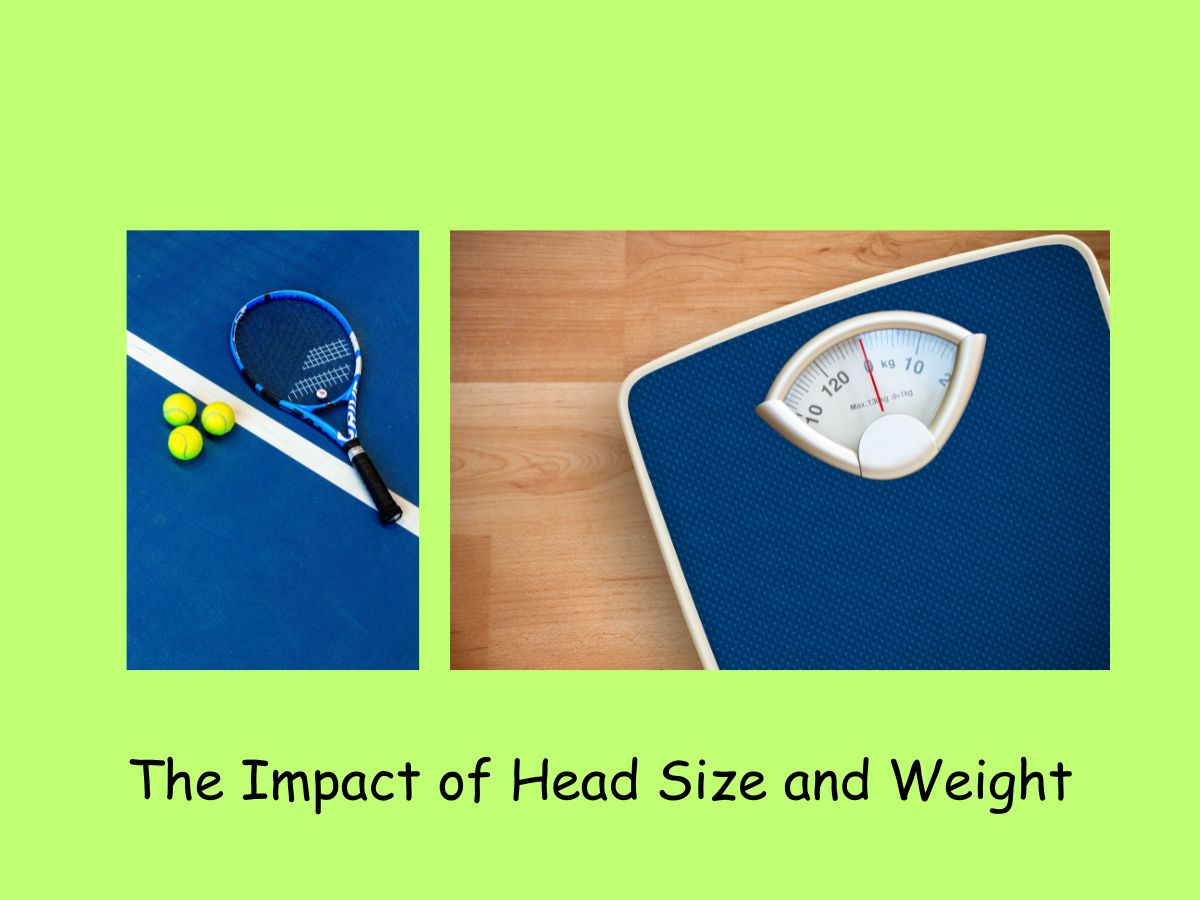
The size and weight of your tennis racket’s head can greatly affect your game. Head sizes typically range from 95 to 110 square inches. A larger head size, over 100 square inches, gives you a bigger sweet spot. This means it’s easier to hit the ball well, even if you don’t hit it perfectly every time. Larger heads also tend to provide more power because the strings can move more, creating a trampoline effect1.
Smaller head sizes, below 96 square inches, offer less power but more control. These are often preferred by advanced players who can generate their own power and want precise shot placement. For beginners, a larger head size is usually better as it’s more forgiving and helps you hit the ball more easily17.
The weight of the racket is also important. Lighter rackets, usually under 11 ounces, are easier to swing and can help prevent arm strain. They’re great for beginners or players who aren’t very strong. Heavier rackets can provide more power and stability, but they require more strength to use effectively. As you improve, you might want to try different weights to find what works best for your playing style1.
Grip Size and Comfort

Choosing the right grip size is crucial for comfort and performance in tennis. Grip sizes are usually measured in numbers from 0 to 5, or in inches from 4″ to 4 5/8″. The most common sizes are 4 1/4″ (size 2) for women and 4 3/8″ (size 3) for men, but your ideal size may be different depending on your hand size25.
To check if a grip size is right for you, hold the racket with a continental grip (like you’re shaking hands with it). There should be a small space between your fingertips and the base of your palm. If your fingers touch your palm, the grip is too small. If there’s a big gap, it’s too large. A grip that’s too small can cause you to grip too tightly, leading to arm strain. A grip that’s too big can make it hard to control the racket28.
If you’re not sure, it’s better to choose a slightly smaller grip. You can always make it bigger by adding an overgrip. This thin layer of grip material can increase the size by about 1/8″. It’s much easier to make a grip larger than to make it smaller. Remember, the right grip size helps you play comfortably and reduces the risk of injuries like tennis elbow58.
String Patterns and Their Effects
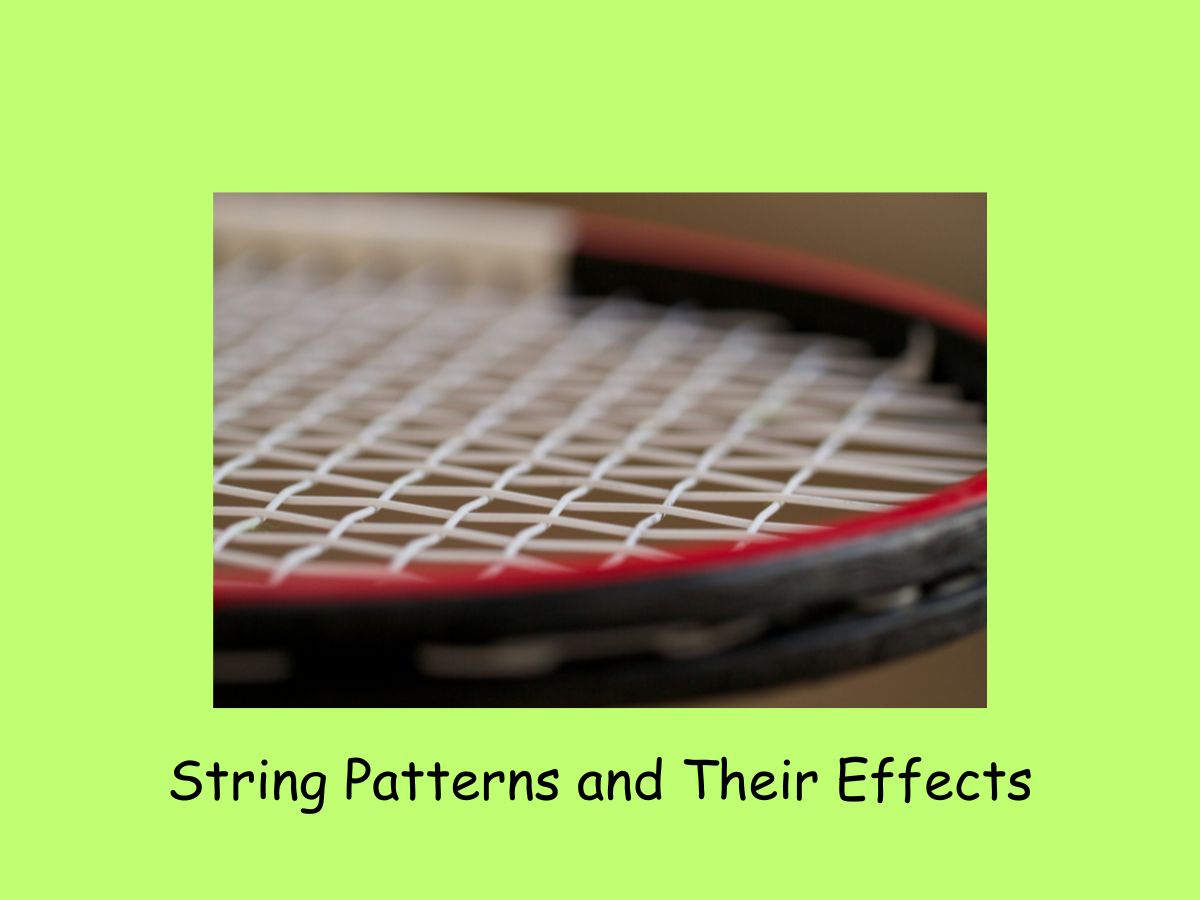
The string pattern on your tennis racket can significantly impact your game. There are two main types: open patterns and dense patterns. Open patterns, like 16×19 (16 main strings and 19 cross strings), have fewer strings and bigger gaps between them. This allows for more spin and power because the strings can move more and grip the ball better36.
Dense patterns, like 18×20, have more strings and smaller gaps. These patterns offer more control and accuracy. The ball doesn’t sink into the strings as much, giving you a more precise feel. Dense patterns also tend to be more durable because the strings don’t move as much, reducing wear and tear36.
Your playing style should guide your choice of string pattern. If you like to hit with a lot of spin and power, an open pattern might suit you better. If you prefer control and hitting flat shots, a dense pattern could be your best bet. Some players even use hybrid setups, combining different string types to get a mix of benefits. Remember, there’s no one-size-fits-all solution. It’s about finding what works best for your game36.
Playing Style Considerations
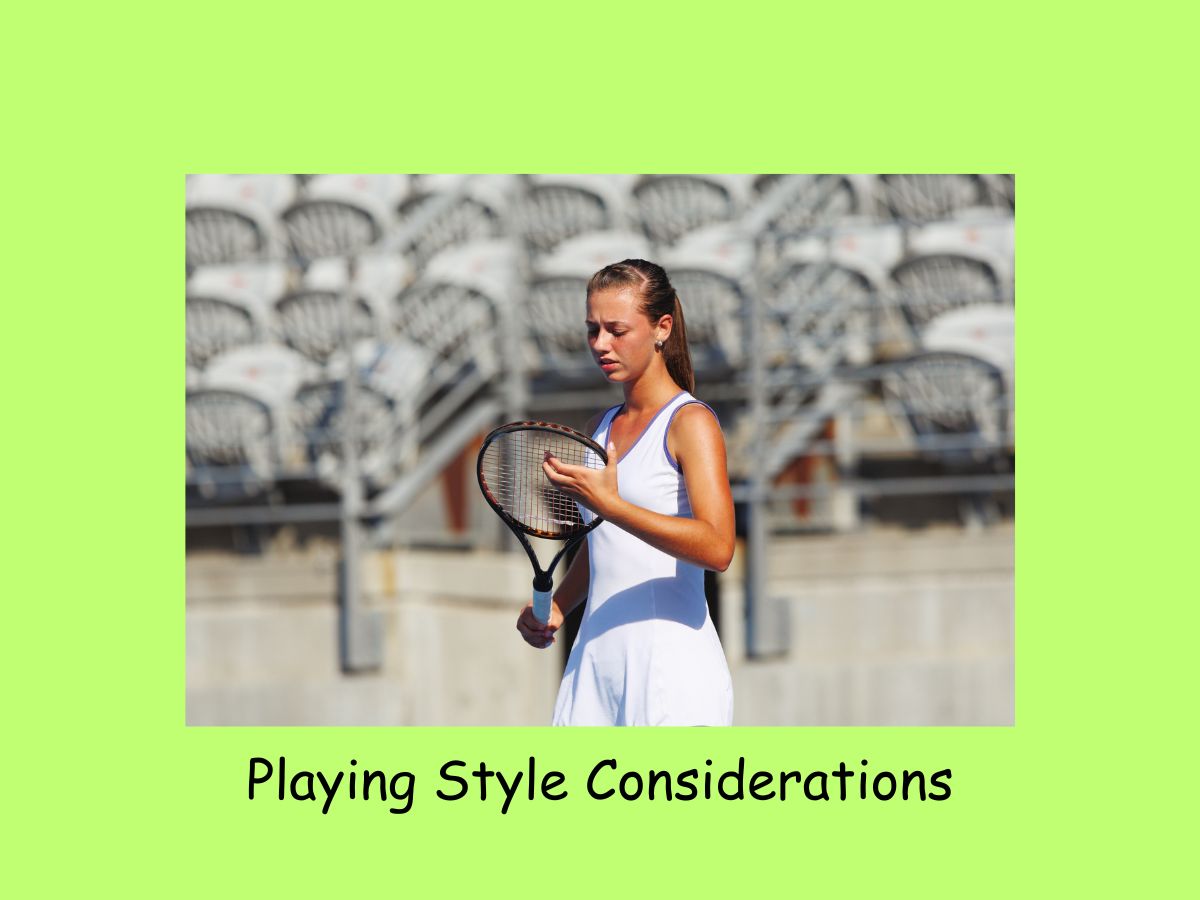
Your playing style is a key factor in choosing the right tennis racket. Power players who hit with a lot of force might prefer rackets with larger head sizes and lighter frames. These rackets can add extra power to your shots. On the other hand, if you’re a control player who likes precision, a racket with a smaller head size and heavier frame could be better. These rackets offer more stability and accuracy for your shots.
All-court players, who mix baseline play with net approaches, might want a versatile racket that balances power and control. Pay attention to how you play during matches. If you often hit the ball too hard or struggle with consistency, it might be a sign that you need to adjust your racket choice. Remember, your racket should complement your natural playing style, not work against it.
As you improve, your playing style might change. Beginners often benefit from rackets with larger head sizes (100 square inches or more) and lighter weights. These rackets are more forgiving and easier to use. Intermediate players might prefer rackets with medium head sizes (95-100 square inches) that offer a mix of power and control. Advanced players often choose rackets with smaller head sizes (85-95 square inches) for maximum control and feel. It’s important to reassess your racket needs as your skills develop.
Budget and Long-Term Goals
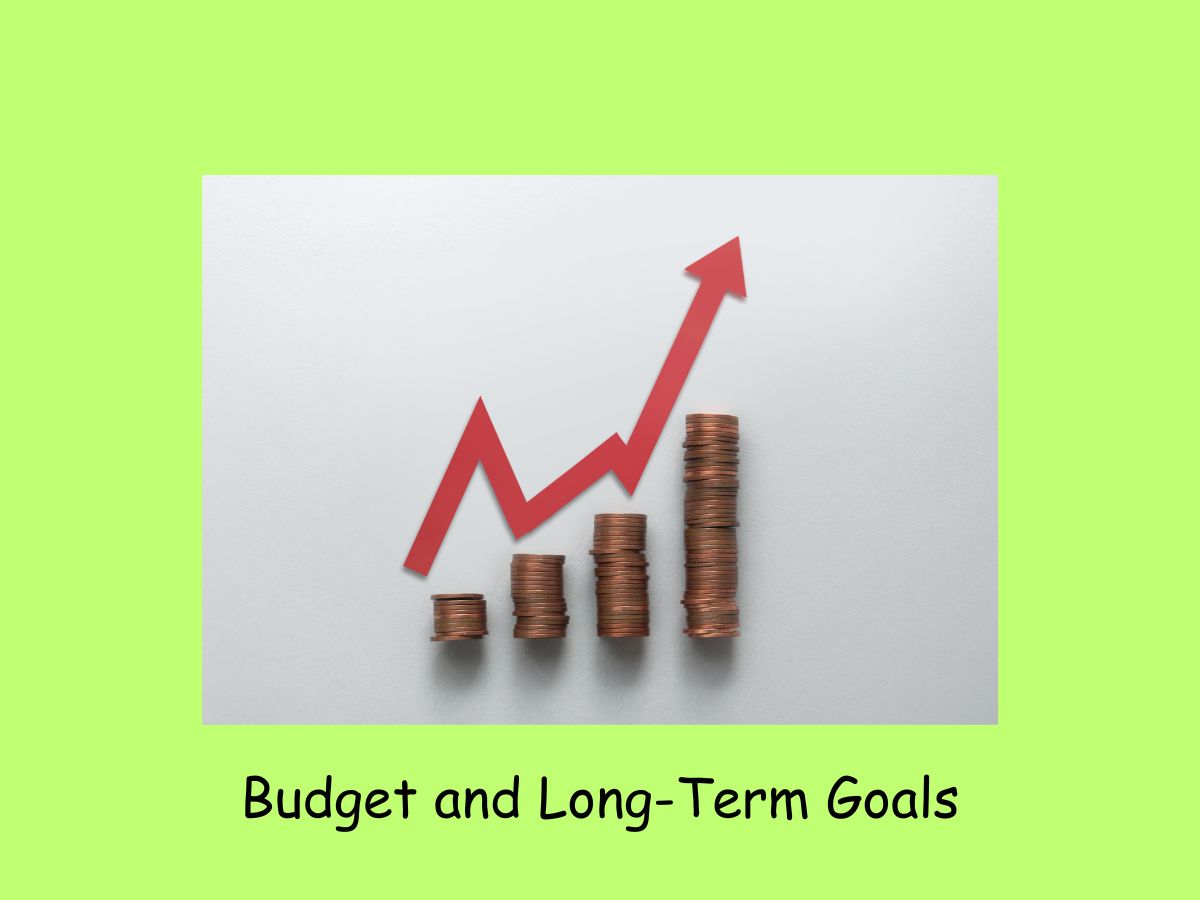
When buying a tennis racket, it’s important to set a budget and stick to it. Rackets can range from $30 to $300, with most beginner rackets costing between $60 and $120. Remember, a more expensive racket doesn’t always mean it’s better for you. Think about how serious you are about tennis and how often you’ll play when deciding how much to spend.
If you’re just starting out and want to try tennis, a cheaper racket might be a good choice. But if you’re taking lessons and want to improve your game, investing in a higher quality racket could be worth it. Some stores offer deals when you buy two of the same racket, which can be useful if you can afford it. Having a spare racket is handy in case your strings break during a match.
Consider your long-term goals in tennis when choosing a racket. If you plan to play regularly and improve your skills, it might be worth spending a bit more on a racket that will grow with you. On the other hand, if you’re unsure about your commitment to tennis, starting with a less expensive racket is fine. You can always upgrade later as your skills and interest in the sport develop. Remember, the right racket for you is one that fits your current needs and future goals, not necessarily the most expensive one.
Testing and Getting Expert Advice

Before buying a tennis racket, it’s a good idea to try out different options. Many stores and clubs offer demo services that let you test rackets before you buy. This helps you find a racket that feels comfortable and natural in your hands. When testing, pay attention to how the racket feels when you swing and hit the ball. Does it feel too heavy or too light? Is it easy to control?
Getting advice from tennis experts can also be very helpful. Tennis coaches, experienced players, or knowledgeable store staff can guide you towards rackets that suit your playing style and skill level. They can explain the different features of rackets and how they might affect your game. Don’t be afraid to ask questions about things like weight, head size, and string patterns.
When you’re testing rackets, try to hit different types of shots. Play some groundstrokes, volleys, and serves to see how the racket performs in various situations. If possible, test the rackets on a real tennis court. This gives you a better feel for how the racket will perform during an actual game. Remember, the right racket should feel like an extension of your arm. Take your time with this process – finding the perfect racket can greatly improve your enjoyment of the game and help you play better.
Conclusion
Alright, you’ve got the info – now it’s time to put it to work! Don’t let all this great advice sit here doing nothing. Go out there, try these tips, and find the tennis racket that’s perfect for you. It might take a little time, but it’ll be worth it when you’re playing your best game.
If you have any more questions or need extra help, feel free to send me an email at jaiden@jaidensmedia.com. I’m here to help you get the most out of your tennis game. Now, go have some fun on the court!
FAQs
What are the main parts of a tennis racket?
The main parts are the head (where you hit the ball), the shaft (connects the head to the grip), and the grip (where you hold the racket).
What head size is best for beginners?
Beginners should use rackets with larger head sizes, usually over 100 square inches, because they have bigger sweet spots.
How heavy should a beginner’s racket be?
A beginner’s racket should be lighter, usually between 8 and 11 ounces, to make it easier to swing.
What does racket balance mean?
Racket balance refers to how the weight is distributed. Head-heavy rackets have more weight in the head for power, while head-light rackets have more weight in the handle for control.
How do I choose the right grip size?
Hold the racket in a continental grip. If there’s a small space between your fingertips and the base of your palm, the size is right.
What’s the difference between open and dense string patterns?
Open string patterns (like 16×19) offer more spin and power, while dense patterns (like 18×20) provide more control.
How does racket weight affect my game?
Lighter rackets are easier to swing and prevent arm strain, while heavier rackets offer more power and stability but require more strength.
What if I am a power player?
Power players who hit with a lot of force might prefer rackets with larger head sizes and lighter frames.
What is a good budget for a beginner’s tennis racket?
Most beginner rackets cost between $60 and $120.
Should I test a racket before buying it?
Yes! Testing different rackets helps you find one that feels comfortable and suits your playing style.
